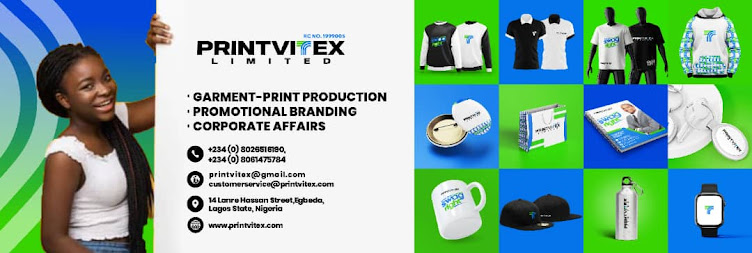Managing the costs associated with promotional merchandise is a key concern for businesses of all sizes. In this article, we'll explore strategies to help you reduce the cost margin of your promotional merchandise, specifically focusing on custom t-shirts. By implementing these cost-effective approaches, you can maximize the impact of your promotional campaigns while staying in a good position on your budget.
- Bulk Ordering: One of the most effective ways to reduce the cost per t-shirt is to order in bulk. Suppliers often offer volume discounts, making it more economical to purchase a larger quantity of t-shirts at once. While this requires an initial investment, it significantly reduces the per-unit cost, especially if you have a series of events or promotions planned.
- Simplify Your Design: Intricate and multicolored designs can increase the cost of custom t-shirts due to the complexity of the printing process. Consider simplifying your design by using fewer colors and opting for a single-sided print. This not only reduces production costs but also creates a clean and impactful visual.
- Choose Cost-Effective Printing Methods: The printing method you choose can have a significant impact on the cost of custom t-shirts. While techniques like screen printing are cost-effective for large quantities, digital printing is more suitable for smaller batches or designs with multiple colors. Consult with your supplier to determine the most cost-effective printing method for your specific needs.
- Opt for Standard T-Shirt Styles: Custom t-shirts come in various styles, including premium, fashion-forward options. However, these styles often come at a higher cost. Opting for standard, classic t-shirt styles can help you reduce expenses without compromising on quality. Classic styles are versatile and appeal to a broader audience.
- Consider Alternative Materials: Explore alternative t-shirt materials that offer quality at a lower cost. While premium materials may have a higher price tag, there are budget-friendly options that maintain comfort and durability. Discuss material choices with your supplier to find the best balance between cost and quality.
- Plan Ahead and Avoid Rush Orders: Rush orders often come with added fees and can increase the overall cost of your custom t-shirts. To reduce costs, plan your merchandise orders well in advance of your events or promotions. This allows ample time for production and eliminates the need for expedited shipping or rush fees.
- Evaluate Packaging and Distribution: Consider the packaging and distribution of your custom t-shirts. Simple and efficient packaging can reduce costs, especially if you're distributing them at events or in bulk. Evaluate your distribution strategy to minimize unnecessary expenses.
- Build a Long-Term Relationship with Suppliers: Building a strong, long-term relationship with your promotional merchandise supplier can lead to cost-saving benefits over time. Suppliers may offer loyalty discounts or exclusive deals to valued clients, helping you further reduce your promotional merchandise costs.
Bottomline:
Although custom t-shirts are a powerful promotional tool, but cost management is essential for a successful campaign. By implementing these smart strategies, you can effectively slash the costs of your promotional merchandise t-shirts while maintaining quality and impact.
With a keen eye on cost efficiency, you can stretch your budget and maximize the returns on your marketing investment.











